Almost four years before the Columbia Space Shuttle flew into space for the first time on April 12, 1981, another shuttle took to the skies for some important tests that would pave the way for Columbia’s journey. In August 1977 a series of glide tests were begun with the first prototype shuttle.
A letter writing campaign by Star Trek fans to then President Gerald Ford had helped persuade NASA to name this first test shuttle Enterprise, after the fictional Starship Enterprise featured in the 1960’s television show Star Trek. Because the Enterprise would not be required to fly into space, neither a protective heat shield or engines would be needed. The Enterprise would only glide in Earth’s atmosphere, but the tests this shuttle participated in were vital to the future success of the Space Shuttle Program.

The Approach and Landing Tests were a series of taxi and flight glide tests using the Enterprise that were conducted in 1977. The purpose of these flights were to test the vehicle’s flight characteristics both on its own and when mated to the Shuttle Carrier Aircraft. These tests would help gather data before the first operational orbital flight of the Space Transportation System.
The Shuttle Carrier Aircraft was a 747 jet airliner that had been modified to carry the Shuttle on top of it. Since all of the space shuttles were gliders and lacked jet engines, this vehicle would also be used in the future to transport shuttles. If a shuttle landed at Edwards Air Force Base in California, it would need to ferried back to the Kennedy Space Center in Florida by the Shuttle Carrier Aircraft. NASA would eventually have two operational Shuttle Carrier Aircraft

NASA selected two different two-man crews for the flight tests of the Enterprise. The first crew was Fred W. Haise Jr. as commander and C. Gordon Fullerton as pilot. The second crew was Joe H. Engle as commander and Richard H. Truly as pilot. Truly would later became NASA administrator from May 1989 to March 1992.
The Approach and Landing Tests began first with a series of captive flights of the Enterprise on the back of the Shuttle Carrier Aircraft. These flights were to determine how well the two vehicles flew together. After these captive tests were completed it was time to see how well the shuttle could glide. A total of five free flight glide tests were made using Enterprise. The first three flights were with an aerodynamic tail cone attached to the back of the shuttle intended to reduce drag when mounted on the Shuttle Carrier Aircraft during flight. The last two were with the tail cone off and the engine nozzles exposed as the shuttle would look coming back from space. Three glide flights were made with Haise and Fullerton, and two flights with Engle and Truly.




On August 12, 1977 the first free flight glide test was made with astronaut Fred Haise at the controls. Fred Haise had been the lunar module pilot on the ill-fated Apollo 13 mission in April 1970. Now he would make the first ever shuttle landing. The Enterprise was released from the Shuttle Carrier Aircraft at an altitude of approximately 20,000 feet and then glided for 5 minutes and 21 seconds until landing on a dry lake bed at Edwards Air Force Base. The first test was a success proving that the shuttle was a capable glider and verifying the new computer flight software. The fifth and final free flight glide test was made on October 26, 1977 with Haise again at the controls and the tail cone removed. This flight completed the Approach and Landing Tests Program and paved the way for Columbia to become the first shuttle to launch into space in April 1981. Astronaut Fred Haise was our special guest at the Coca-Cola Space Science Center in June 2019 for the 50th Anniversary of Apollo 11.
The Enterprise was on display at the National Air and Space Museum Steven F. Udvar-Hazy Center near Washington Dulles Airport from 2003 until December 12, 2011, when ownership of Enterprise was officially transferred to the Intrepid Sea, Air & Space Museum in New York City where the shuttle is on display today.



